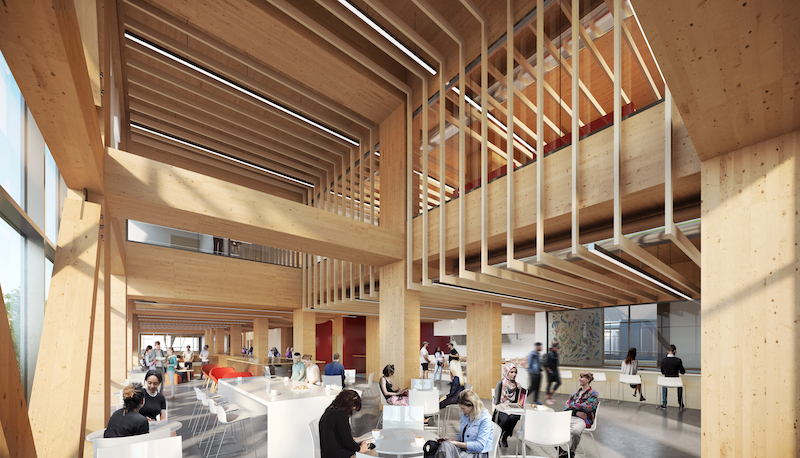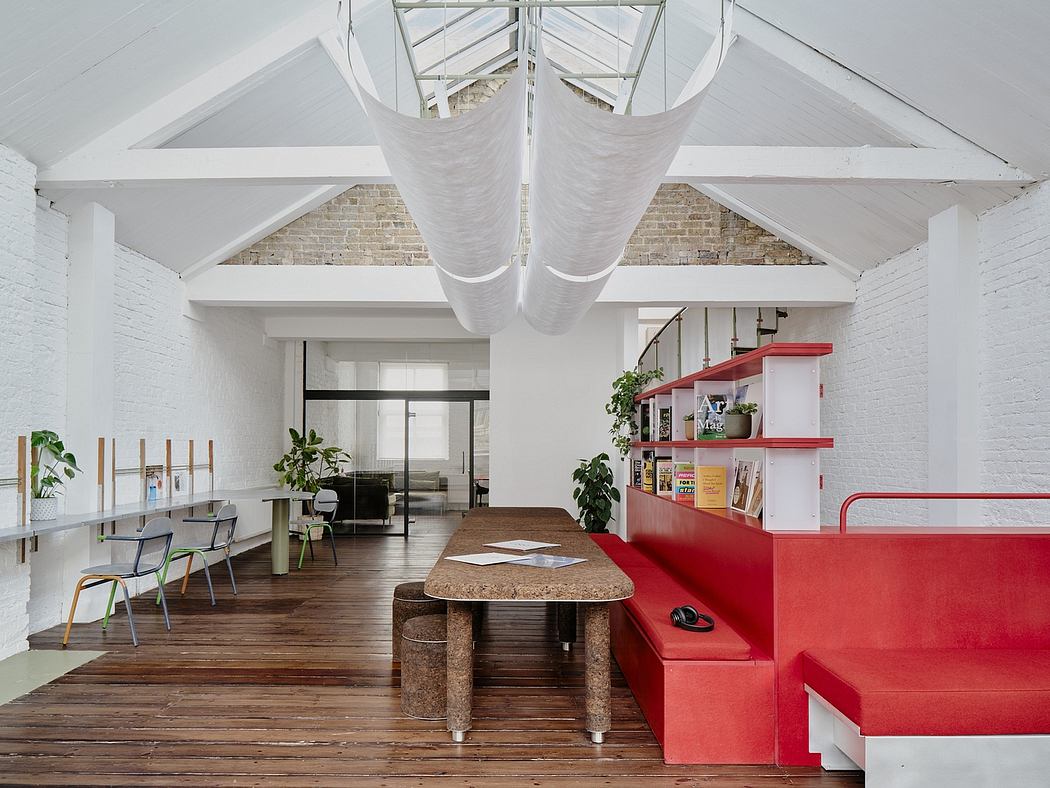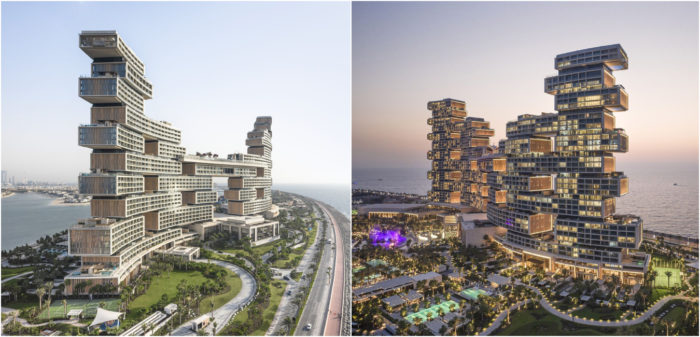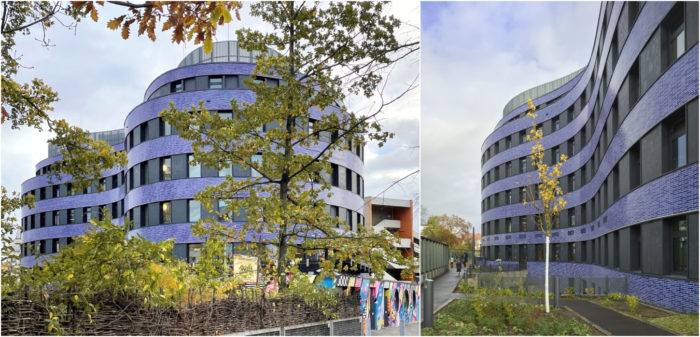What Does Material Transparency Look Like Today

Our built spaces have a significant impact on climate change ? in fact, the building and construction industry is responsible for nearly 40% of global greenhouse gas (GHG) emissions. In Canada, specifically, homes and buildings account for 18% of national GHG emissions. Â
Centennial College-Progress Campus, rendering courtesy of DIALOG
While these emissions might typically be associated with operational carbon, or the GHGs emitted during the use of a building, like electricity and natural gas, it?s the embodied carbon emissions that architects and building professionals also need to focus on. Â
Embodied carbon is the carbon footprint of a material and considers all GHGs emitted throughout the product?s supply chain, installation, use, replacement and end-of-life disposal. It also may represent 90% of total building-related emissions by 2050 if the industry keeps moving toward net-zero operating carbon but does not address embodied carbon.   To effectively reduce embodied carbon emissions, building industry professionals, including architects and designers, must prioritize low-carbon material procurement for their projects. And to do this, product manufacturers and suppliers can invest in transparency efforts to help provide visibility into the footprint of materials and products.  Â
Luckily, there are tools and resources available today for this to happen, but it has been a long road to get to the level of material transparency we have today. Â
The Past: Unders...
_MFUENTENOTICIAS
canadian architect
_MURLDELAFUENTE
https://www.canadianarchitect.com/
| -------------------------------- |
| Ocean Spiral is a conceptual city proposed beneath the surface of the ocean |
|
|
Common Knowledge: Flexible Social Hub Redefines Music Industry
25-04-2024 08:32 - (
Architecture )
House for 2 Architects: Renovating a 19th-Century Paris Apartment
25-04-2024 08:32 - (
Architecture )









